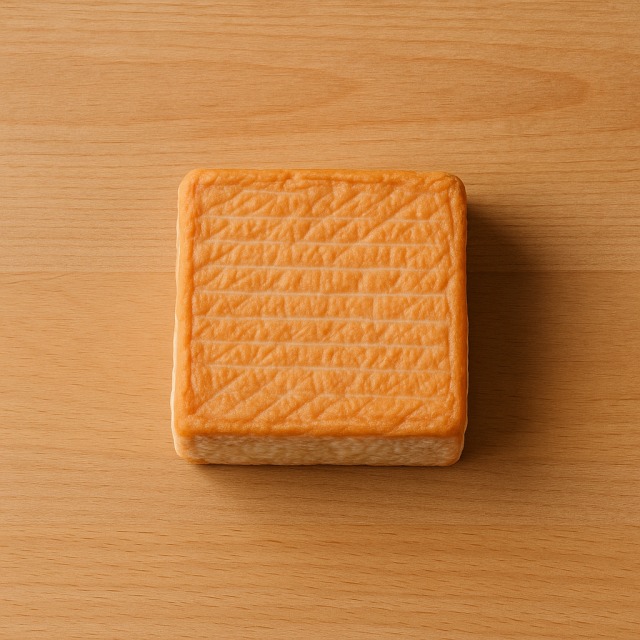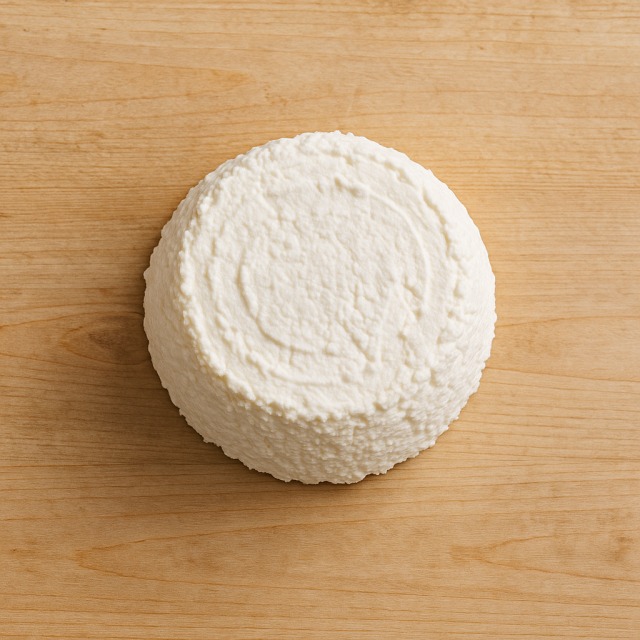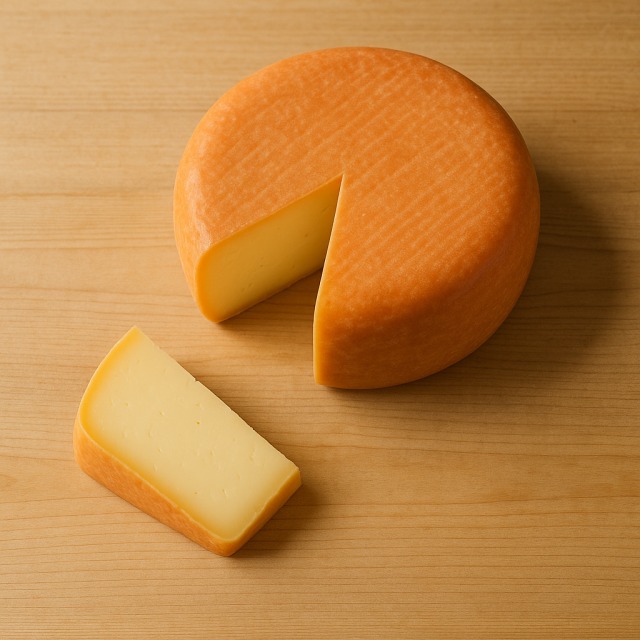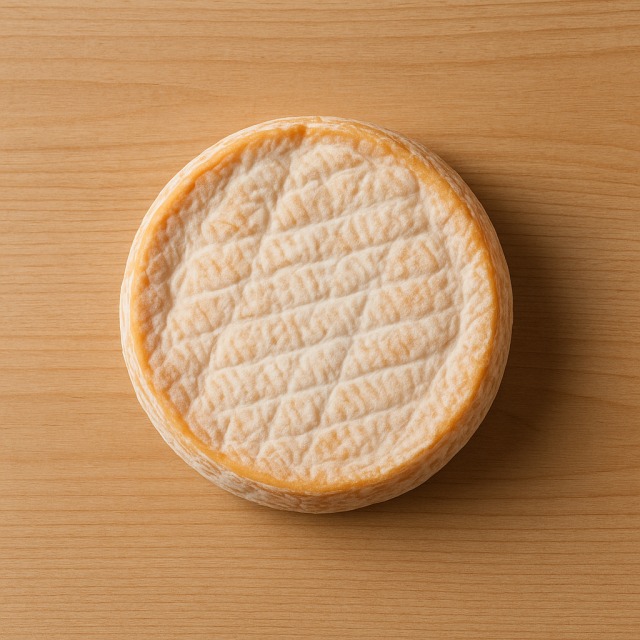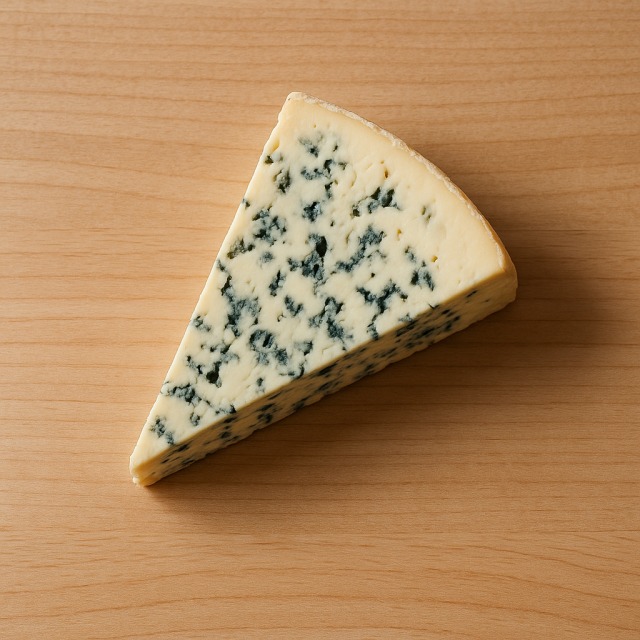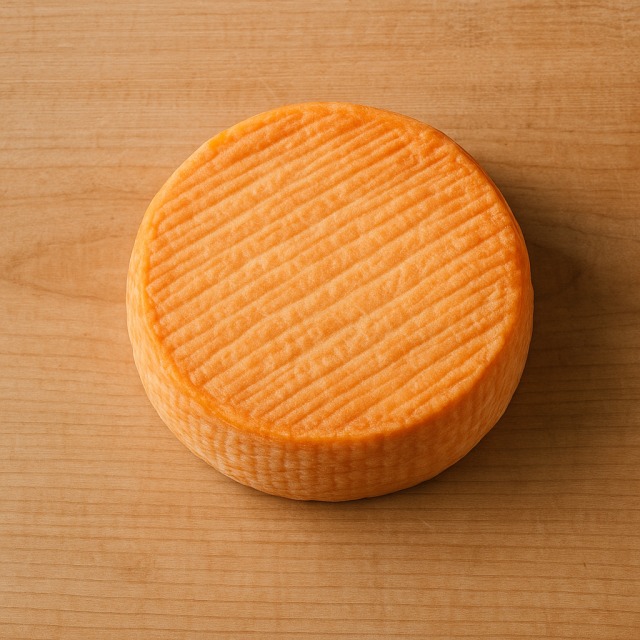Calorie Chart / Cheeses / Saint-Nectaire
How Many Calories Are in Saint-Nectaire?
Calculation of the nutritional value & Recommended Dietary Intake of Saint-Nectaire
For g and a calorie requirement of kcal
| Calories 138 kcal | Proteins 9.2 g | Lipids 11 g | Carbohydrates 0 g |
| 7% | 12% | 16% | 0% |
Health benefits of Saint-Nectaire
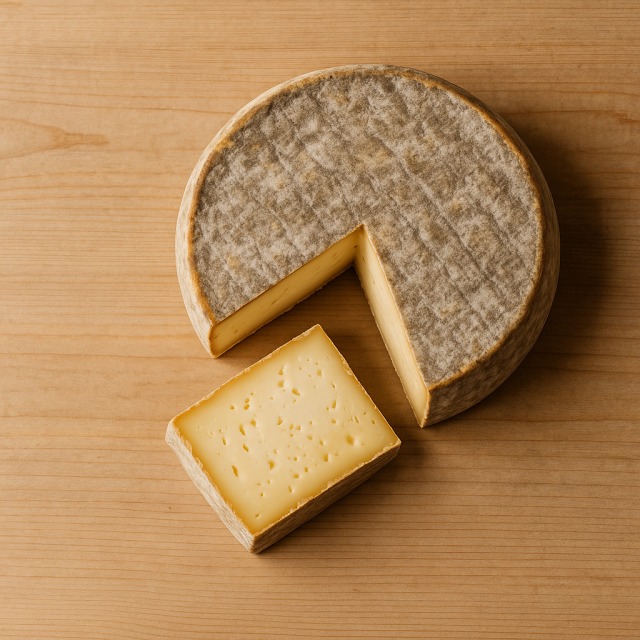
Saint-Nectaire - 100g
Calories 344 kcal
Proteins 23 g
Lipids 28 g
Carbohydrates 0 g
With around 344 calories per 100 g, Saint-Nectaire is clearly a high-calorie cheese. These calories mainly come from its 28 g of lipids and 23 g of proteins, while carbohydrates are negligible. Because its calories are dense, only a small portion is enough to obtain flavour and nutritional interest without excessive calories.
Nutritionally, Saint-Nectaire supplies significant amounts of calcium (around 600 mg/100 g), phosphorus, zinc, and selenium, together with vitamins A, B2, and B12. Those micronutrients contribute respectively to bone strength, energy metabolism, and immune support. The presence of conjugated linoleic acid (CLA) is sometimes associated with supposed anti-inflammatory effects; the term "supposed" is used because current evidence remains inconclusive.
Like many traditional raw-milk cheeses, Saint-Nectaire contains lactic ferments that can enrich the gut microbiota. Regular but moderate consumption can therefore combine gustatory pleasure with potential digestive comfort, provided overall calories stay within daily requirements.
The cheese has been produced in the volcanic pastures of Auvergne since the 17th century and holds a PDO label. It is often compared with other regional specialties such as Cantal or Reblochon, but its washed rind gives it a unique hazelnut aroma. All three provide comparable calories yet distinct flavours, offering variety for the cheese board without repeating the exact same calorie profile.
Tips for incorporating Saint-Nectaire into a balanced diet
Because its calories are concentrated, think of Saint-Nectaire as a flavour booster. Melt a thin slice over steamed potatoes and a handful of arugula; the vegetable fibres help balance the calories while keeping the dish satisfying. A lighter alternative to the famous Tartiflette is a "mini-tartiflette" using half the usual cheese, plenty of onions, and a side of green salad.
For a rustic sandwich, place two 20 g slices between whole-grain bread with apple slices (apple) and a touch of mustard. The sweet-acidic fruit cuts through the fat, so fewer grams — and therefore fewer calories — suffice to deliver taste.
At the end of a meal, serve a 30 g portion with fresh grape clusters and roasted walnut kernels. This keeps calories under control compared with a full dessert yet still provides a satisfying finish rich in textures.
Finally, remember the rule of thirds on a cheese board: one-third hard cheese, one-third soft cheese, one-third fresh components. By limiting Saint-Nectaire to one-third, you automatically moderate calories, leave space for fibre-rich accompaniments, and avoid doubling up on similar calories from other cheeses.
Frequently Asked Questions
- How many calories are in Saint-Nectaire?
- There are 344 kcal per 100 g.
- Is Saint-Nectaire suitable for a high-protein but moderate-calorie diet?
- Yes, its 23 g of proteins per 100 g support muscle maintenance, but the 344 calories mean portions should be limited to keep total daily calories in check.
- Does the rind add extra calories?
- The rind represents a very small fraction of the cheese and does not significantly change the calorie count; most calories come from the cheese paste itself.
- How much Saint-Nectaire can I eat if I aim for a 150-calorie snack?
- A 45-g slice provides roughly 155 kcal, so keeping to that weight will align with a 150-calorie target.
- Is Saint-Nectaire fattier than...
Similar foods
Information provided by Calorie Menu may contain inaccuracies or errors. It cannot, under any circumstances, substitute medical advice or medication.
